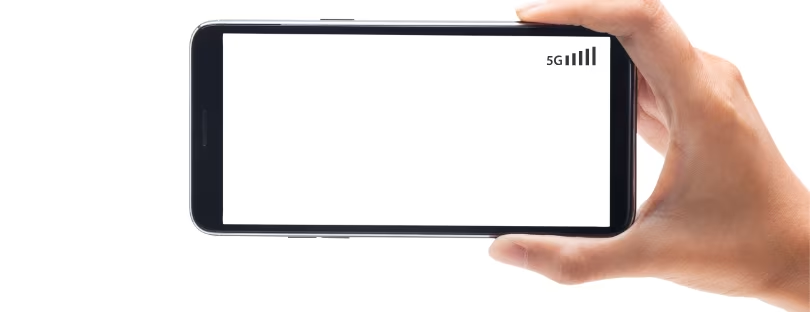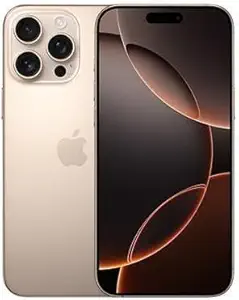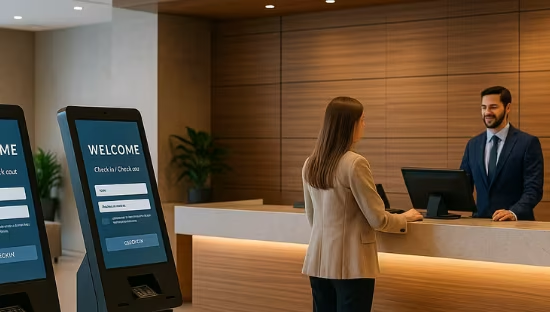
No SIM Card, No QR Code, No Problem: The Power of In-Factory Profile Provisioning
When people talk about eSIM technology, they usually focus on the flashy stuff—switching carriers without physical SIMs, seamless international roaming, and instant data plans from apps. And while that’s all game-changing, there’s one quiet revolution happening in the background that’s shaping the entire user experience: In-Factory Profile Provisioning (IFPP).
It might sound like something from a telecom engineer’s playbook (because, well, it is), but IFPP is more important to everyday eSIM users than they might realize. So let’s break it down in plain English—and explain why IFPP is the backbone of eSIM adoption across consumer devices.
What Is In-Factory Profile Provisioning (IFPP)?
Let’s start with the basics.
IFPP is a method where an eSIM profile (that’s your carrier’s digital identity) is securely installed at the factory level, before the device even reaches your hands.
Imagine you’re buying a new smartphone or smartwatch. If the manufacturer has enabled IFPP, that device can come pre-loaded with a specific mobile operator’s eSIM profile—which means you turn it on, and boom, you’re already connected. No QR codes. No setup screens. No hassle.
It’s the digital SIM card equivalent of having your car come out of the factory with tires already mounted.
Why Does IFPP Matter?
Most users don’t want to mess with mobile settings. They want their devices to just work. IFPP enables exactly that—a frictionless, out-of-box connected experience.
Think about industries like:
- Consumer electronics: Apple, Samsung, Google—all working to streamline setup and connectivity.
- Wearables: Smartwatches can now ship already connected, making standalone LTE watches more practical.
- IoT: Devices like trackers, POS terminals, or smart meters don’t need on-site provisioning anymore.
- Automotive: Cars are rolling out of factories with embedded connectivity thanks to eSIM and IFPP.
Without IFPP, many of these use cases would require the end user (or technician) to install profiles manually—either by scanning a QR code or navigating complicated menus.
Let’s be honest—no one loves doing that.
How Does IFPP Work?
Good question. Here’s the basic flow:
- Manufacturing begins: The device (say, a smartphone or tablet) is built with an eUICC chip inside (that’s the technical name for the chip that enables eSIM).
- Profile provisioning: During the final stages of production or packaging, the manufacturer (or OEM) securely downloads a specific eSIM profile onto that chip.
- Device ships out: When you power on your brand-new device, the eSIM profile is already there. Often, it activates automatically once the device connects to the internet.
- Ready to go: The user can make calls, access data, and use their device as if a physical SIM had been inserted—except everything happened behind the scenes.
All of this is possible because of secure protocols developed by GSMA (the global mobile industry body), which oversees the entire eSIM framework.
Okay, but who decides which profile gets installed?
Ah, here’s where it gets interesting.
The profile that gets provisioned is usually pre-negotiated between the OEM and the carrier. For example, Apple might partner with a carrier in the US, or a smartwatch brand might preload a profile for a regional operator in Europe.
However, in some cases, the user still has control. Think of it like this:
- IFPP doesn’t lock you into that preloaded carrier.
- You can still switch to another provider via remote provisioning (using QR codes, apps, or SM-DP+ connections).
So IFPP is more about getting you connected faster, not trapping you with a provider.
Benefits of IFPP for Everyone
Let’s talk winners. Because IFPP doesn’t just help users—it benefits the entire ecosystem.
🧑💻 For end users:
- Instant connectivity: No SIM swap, no manual activation.
- No physical components: No losing SIM ejector tools. No tiny cards.
- Better experience out-of-the-box: Especially important for wearables, seniors, or non-tech-savvy users.
🏭 For OEMs:
- Streamlined logistics: No need to ship physical SIM cards or manage inventory.
- Better integration with carrier partners: Helps bundle connectivity as part of the product strategy.
- Global scalability: A single hardware SKU can be provisioned for different markets via IFPP.
📡 For carriers:
- Faster onboarding: Customers connect without human support or physical stores.
- Better customer retention: Preloaded profiles increase the likelihood of user adoption.
- Cost savings: No need to produce, ship, or activate physical SIMs.
Where Is IFPP Already Being Used?
You might already be using a device that takes advantage of IFPP without realizing it.
- Apple Watch Cellular models: Some units ship with a specific carrier already provisioned.
- Google Pixel and Samsung Galaxy phones: OEMs are testing IFPP flows with carriers across North America and Europe.
- Connected cars: Many vehicles sold today come with built-in cellular modules that were provisioned at the factory.
- IoT devices: Industrial sensors and payment terminals use IFPP to avoid complicated setups in the field.
IFPP vs Remote SIM Provisioning (RSP)
Let’s clear this up: IFPP and RSP are not rivals—they’re teammates.
- IFPP is about getting a default profile installed at the start.
- RSP is about giving users the flexibility to switch profiles later.
Think of IFPP as the airline giving you a seat when you book your flight. RSP is letting you change seats or upgrade later. Same trip, more control.
So, What’s Next?
As eSIM adoption scales, IFPP will become the norm for connected devices.
- 5G Standalone + IFPP will enable next-gen use cases like real-time industrial automation.
- Dual eSIM profiles might come preloaded—one for local service, one for roaming.
- Privacy-first IFPP models are being tested where the user selects the preferred carrier before device activation.
And with GSMA pushing for even smoother provisioning standards, the days of fumbling with tiny plastic SIMs may soon be completely behind us.
Final Thoughts: IFPP Is the Quiet Hero of eSIM
In-Factory Profile Provisioning may never make it into marketing brochures, but it’s one of the most important cogs in the eSIM machine. It removes friction, speeds up activation, and sets the foundation for always-connected devices.
So the next time you power up a device and it just works—remember, IFPP probably had something to do with it.
In the world of travel tech, mobile innovation, and connected experiences, IFPP is silently making life smoother for everyone.












